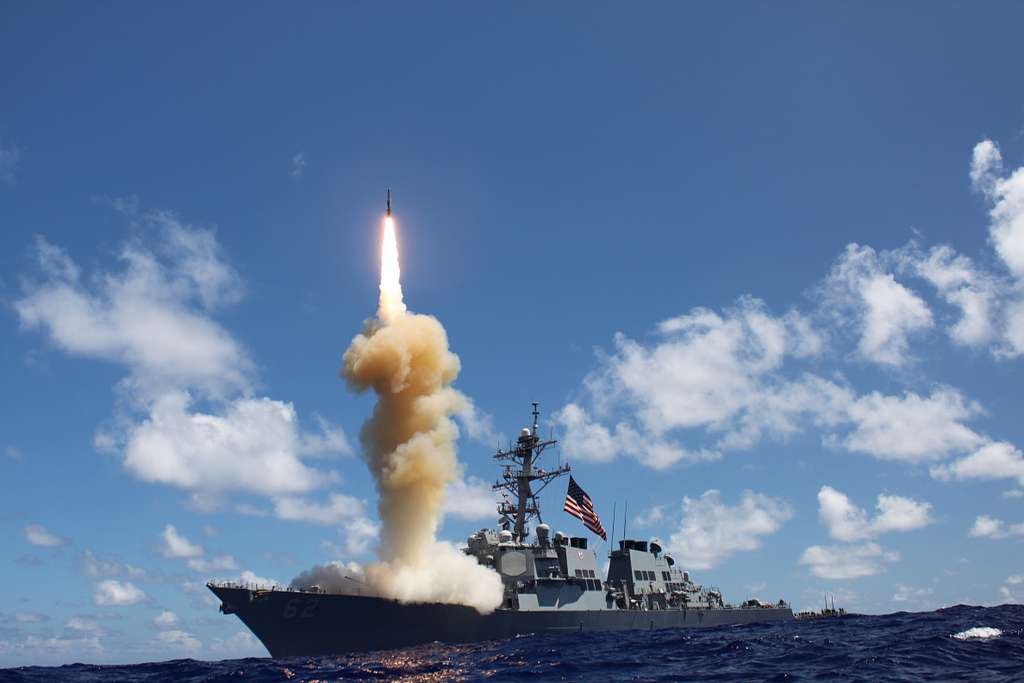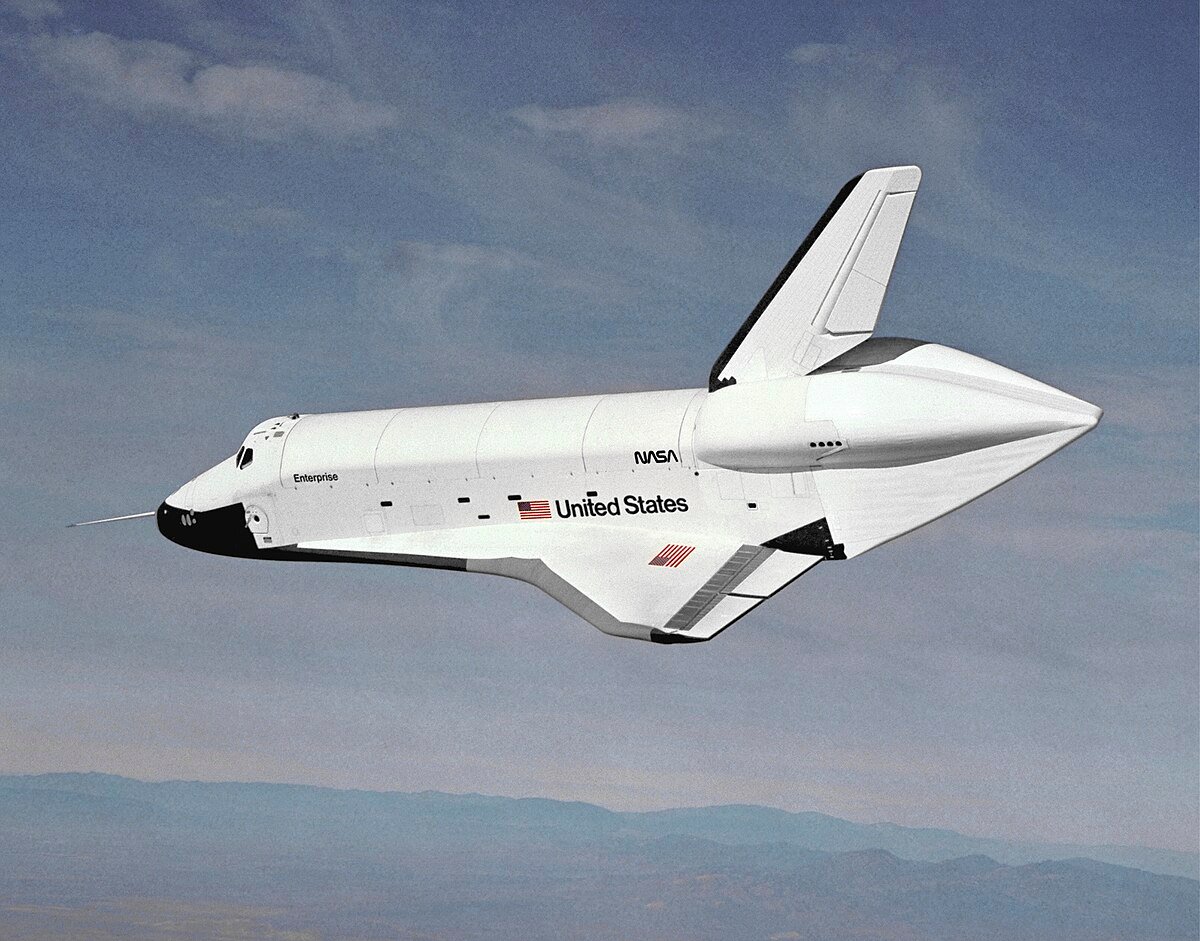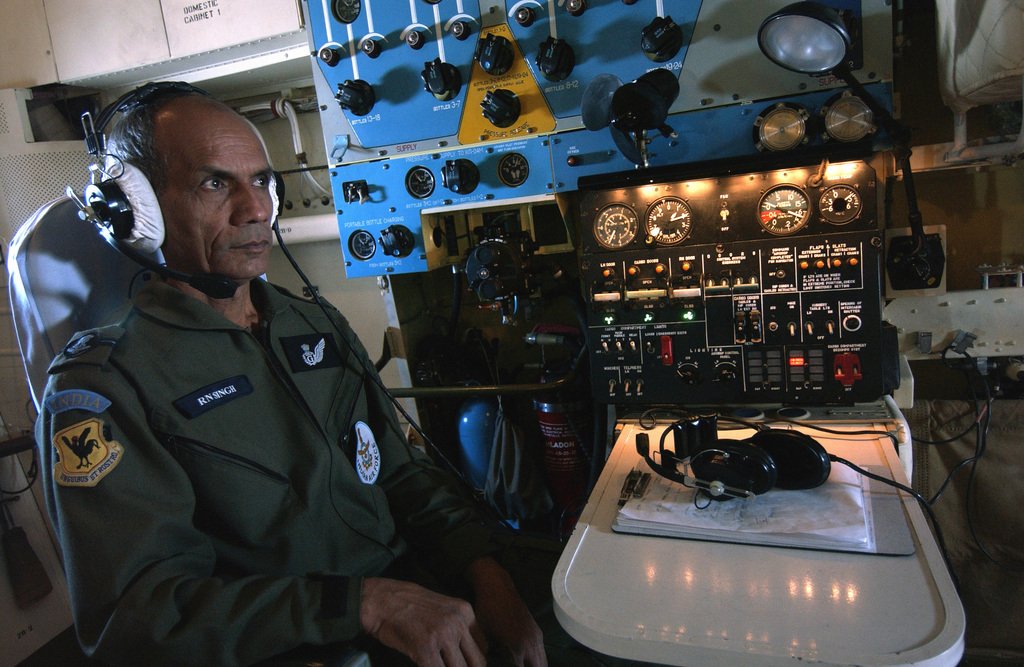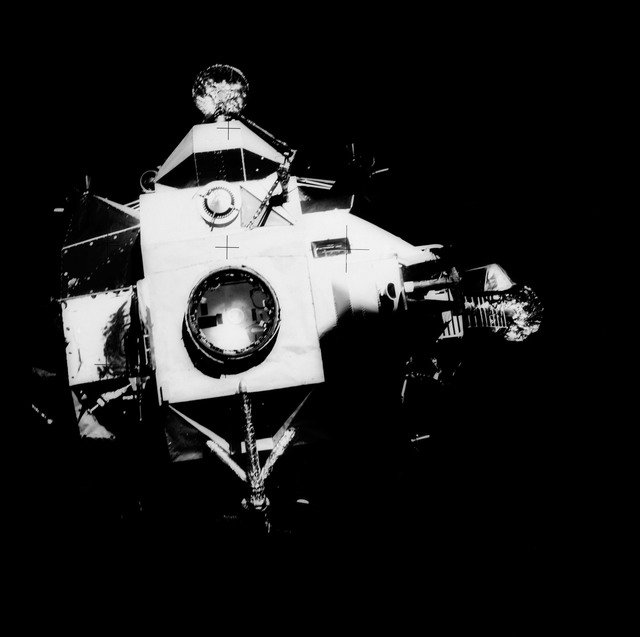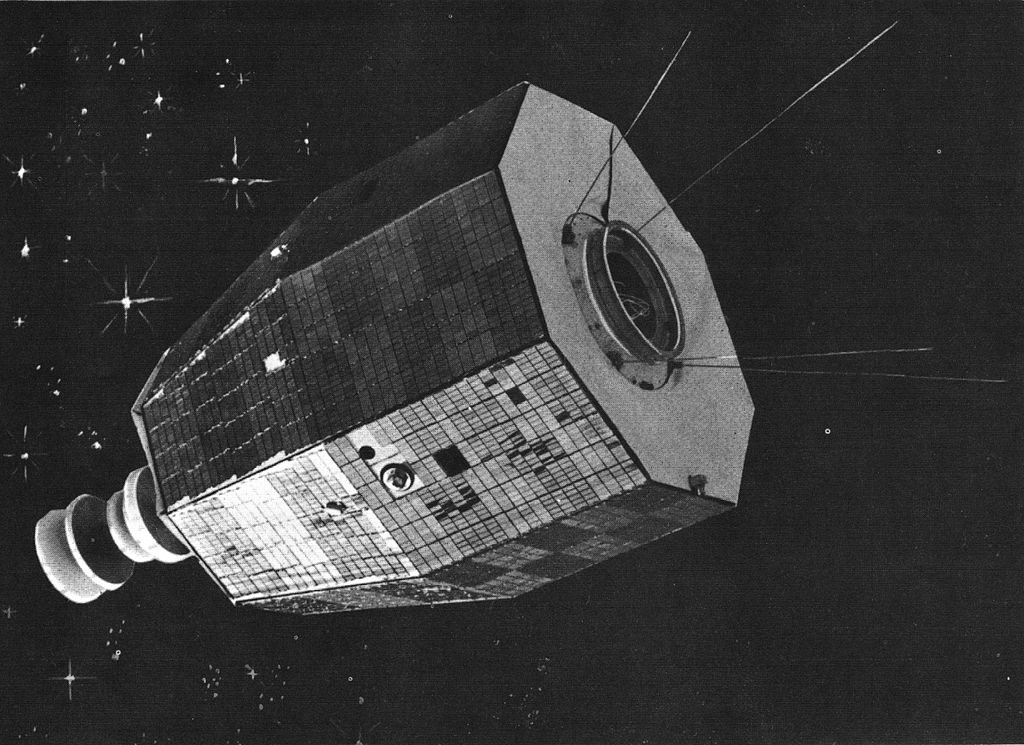The U.S. Space Force (USSF), established in December 2019, represents a groundbreaking chapter in American military and technological prowess history. This dynamic branch emerged as a response to the evolving global landscape of space, where nations and entities vie for supremacy in the final frontier. In a world heavily reliant on satellites for communication, navigation, surveillance, and weather forecasting, the USSF has assumed a pivotal role in safeguarding U.S. interests and national security in space.
While often associated with defense, the USSF collaborates closely with NASA, the renowned U.S. space agency, and other international partners for civil space exploration. This synergy extends America’s reach beyond our planet, enabling scientific discovery and the exploration of celestial bodies. The USSF’s expertise in space domain awareness, satellite operations, and missile warning systems further underscores its significance in defense and scientific missions.
This introduction delves into the multifaceted role of the U.S. Space Force, highlighting its importance not only for the security of the U.S. but also for the broader scientific and exploratory ambitions of the nation in the vast expanse of space.
Table of Contents
Is NASA part of the Space Force?
No, NASA is not part of the U.S. Space Force (USSF). These are two distinct organizations with different missions and objectives.
The U.S. Space Force is a branch of the U.S. military responsible for defending American interests in space and ensuring the nation’s access and operations in the space domain. It focuses on national security aspects, such as satellite operations, missile warning systems, and protecting space assets.
On the other hand, NASA, the National Aeronautics and Space Administration, is a civilian space agency responsible for the United States’ space exploration and scientific endeavors. NASA’s mission includes conducting space research, launching scientific missions, exploring other celestial bodies, and advancing our understanding of the universe. While there may be collaborations and partnerships between the two organizations, such as using Space Force launch services for NASA missions, they serve distinct purposes and operate under different government agencies – the Department of Defense for the USSF and the federal government’s executive branch for NASA.
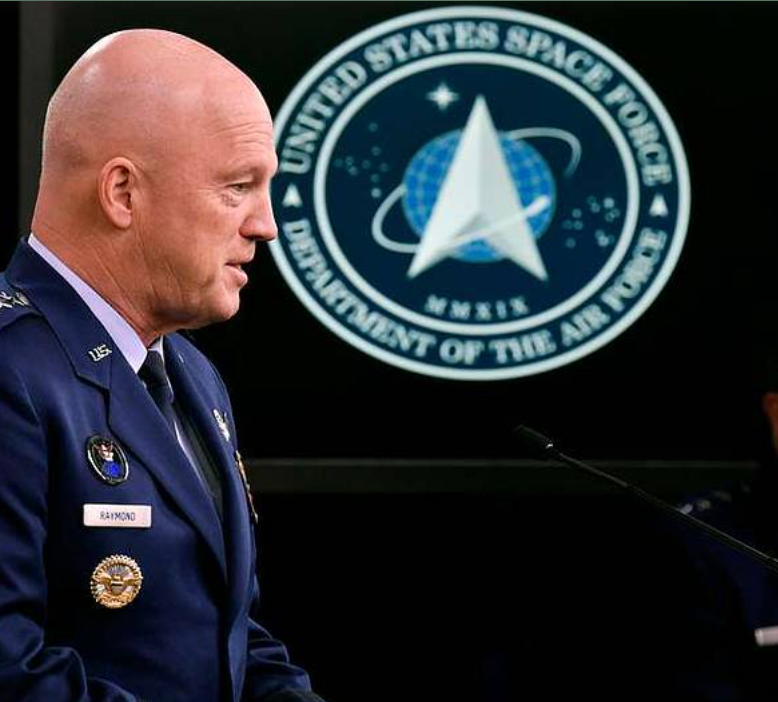
Is Space Force the army?
No, the Space Force is not the army. The Space Force, officially known as the United States Space Force (USSF), is a distinct and independent U.S. military branch established in December 2019. It is the sixth branch of the U.S. military, separate from the U.S. Army, U.S. Navy, U.S. Air Force, U.S. Marine Corps, and U.S. Coast Guard.
The Space Force’s primary mission is to protect American interests and assets in space, ensuring the freedom of operation in this critical domain. While it shares some similarities with other military branches, such as the need for personnel and technology, its focus is exclusively on space-related activities, including satellite operations, missile warning systems, space domain awareness, and the development of space-related technology.
The Space Force is a specialized branch with a unique mission centered on space operations, distinct from the U.S. Army, which focuses on land-based military operations.

Defenders of the Final Frontier
The United States Space Force (USSF) is a branch of the United States military. It was officially established on December 20, 2019, when it was signed into law as part of the National Defense Authorization Act for Fiscal Year 2020. It is the sixth and newest branch of the U.S. military and represents a significant reorganization and expansion of the nation’s space-related defense efforts. Here is a detailed overview of the U.S. Space Force:
Background and Need
The establishment of the U.S. Space Force was indeed prompted by the recognition of space as an indispensable domain for national security. In recent decades, space has transformed into a bustling arena with satellites, space stations, and various space-based assets. This transformation brought about congestion as an ever-expanding number of countries, commercial entities, and even non-state actors launched satellites for communication, navigation, Earth observation, and scientific exploration.
Simultaneously, space turned competitive as nations sought to gain a strategic edge by enhancing their space capabilities. Countries like China and Russia, in particular, aggressively developed anti-satellite technologies, further intensifying the contest.
This competition, coupled with the increasing commercial use of space, made it imperative for the United States to safeguard its space assets and ensure their uninterrupted operation. The U.S. Space Force emerged as the answer to these challenges, tasked with protecting American interests in a domain critical to national security, the global economy, and scientific advancement.
Mission and Responsibilities
The United States Space Force (USSF) is tasked with a multifaceted mission beyond protecting U.S. and allied interests in space. While its primary mission is to safeguard American assets and operations in the space domain, it also has critical responsibilities in managing and operating vital space-related systems.
One of its key functions is managing and operating military satellite systems. These satellites play pivotal roles in communication, navigation, surveillance, and reconnaissance. They are integral to modern warfare and various civilian applications, making their protection and effective operation a paramount concern for national security and everyday life.
Additionally, the USSF is responsible for operating missile warning systems, which serve as early detection and notification systems for incoming missile threats. Timely and accurate warnings are essential for national defense, and the Space Force’s role in this regard is crucial.
Furthermore, the USSF manages satellite communication networks, facilitating secure and reliable communication for military forces and government agencies worldwide. This ensures seamless connectivity, coordination, and information sharing among different branches of the U.S. military and with allied forces.
In fulfilling its responsibilities, the Space Force also effectively organizes, trains, and equips space forces to defend against emerging threats in the ever-evolving space environment. These efforts extend beyond defense to encompass support for other military branches, demonstrating the Space Force’s indispensable role in modern military operations and national security.
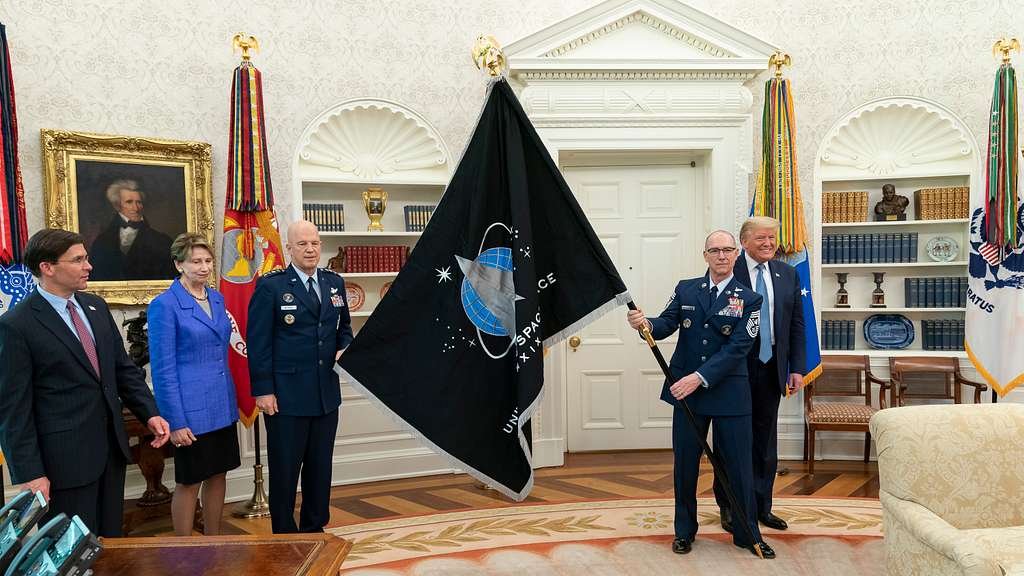
Structure and Leadership
The leadership structure of the U.S. Space Force is designed to ensure effective command and coordination within the branch. The Chief of Space Operations (CSO), who holds a position on the Joint Chiefs of Staff (JCS), is the highest-ranking officer and leads the Space Force. The CSO directly reports to the Secretary of the Air Force, maintaining a clear line of authority while acknowledging the historical ties between the Space Force and the U.S. Air Force.
The Space Force is also organized into several field commands, each with specific responsibilities. These include Space Operations Command (SpOC), focused on executing space operations; Space Systems Command (SSC), responsible for acquiring and developing space-related technology; and Space Training and Readiness Command (STARCOM), dedicated to training and preparing Space Force personnel for their critical roles in defending U.S. interests in space. This hierarchical structure enables efficient management and execution of the Space Force’s diverse missions and functions.

Personnel
The United States Space Force (USSF) draws its personnel from diverse backgrounds, reflecting its mission’s multidisciplinary nature. Its ranks include individuals with space operations, intelligence, engineering, acquisitions, and more expertise. Many of these professionals were originally part of the Air Force Space Command (AFSPC), a component of the U.S. Air Force responsible for space-related activities.
With the creation of the USSF, these skilled personnel transitioned to the new branch, bringing invaluable experience and knowledge in operating and protecting vital space assets. This integration ensures a seamless transfer of capabilities and expertise, enhancing the Space Force’s ability to safeguard American interests in the space domain.
Acquisition and Procurement
The United States Space Force (USSF) plays a pivotal role in acquiring and developing cutting-edge space-related technology and systems crucial for safeguarding U.S. interests in the space domain. This responsibility encompasses procuring and enhancing a wide range of assets, such as satellites, launch vehicles, and the essential ground infrastructure required for satellite communication, control, and data analysis.
Collaboration is integral to the USSF’s mission. It closely partners with key organizations like the Space and Missile Systems Center (SMC), which is responsible for developing and acquiring space systems, and the Defense Innovation Unit (DIU), which fosters innovation and partnerships with commercial technology firms. These collaborations ensure that the USSF remains at the forefront of space capabilities, driving advancements that strengthen national security and space exploration efforts.
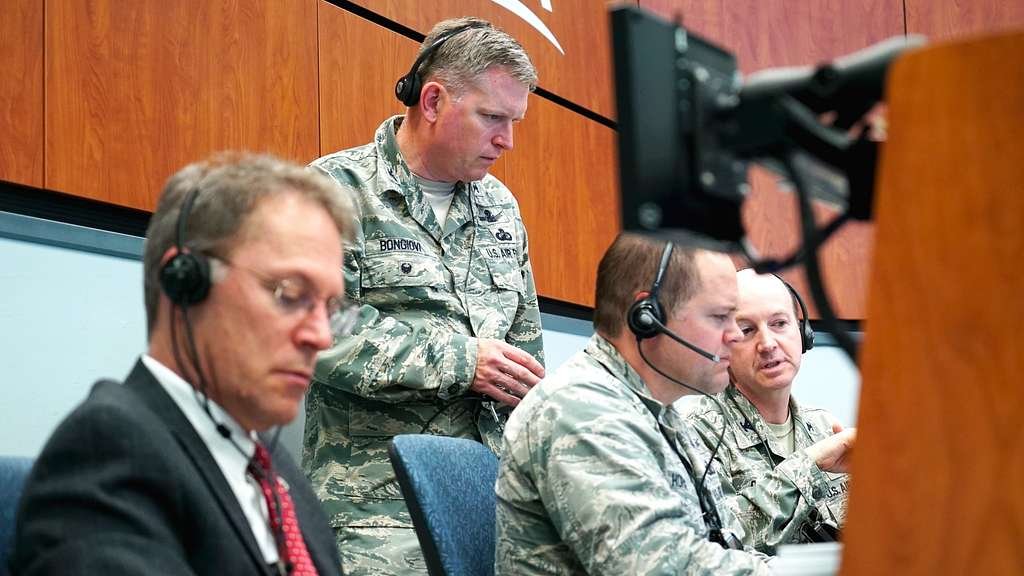
Relationship with Other Military Branches
The collaboration between the United States Space Force (USSF) and other branches of the U.S. military, particularly the U.S. Air Force, is vital for integrated space operations. The USSF evolved from the Air Force Space Command (AFSPC), and its close relationship with the Air Force ensures the seamless transition of personnel and resources while continuing to work together on shared space-related missions.
Furthermore, the USSF collaborates extensively with civilian agencies like NASA to support civil space activities, including launching and operating satellites, space exploration, and scientific research. Additionally, its partnership with the National Reconnaissance Office (NRO) involves classified reconnaissance satellite programs that contribute to national security by providing critical intelligence and surveillance capabilities. These collaborations underscore the interagency cooperation essential for advancing space capabilities and safeguarding U.S. interests in space.
International Cooperation
The United States Space Force (USSF) recognizes the importance of international collaboration in space-related endeavors and actively engages with U.S. allies and partners. This cooperation extends to sharing critical information and advanced space technology, fostering a global effort to enhance collective space capabilities. By working closely with allied nations, the USSF seeks to strengthen space domain awareness, improve the resiliency of space assets, and promote responsible and secure behavior in space. This collaborative approach bolsters national security and contributes to the stability and sustainability of space activities globally, reinforcing the USSF’s commitment to ensuring the peaceful use and exploration of outer space.
Budget and Funding
The United States Space Force (USSF) derives its funding from the Department of Defense (DoD) budget, which allocates resources for developing, maintaining, and enhancing space assets and capabilities. This funding is essential to support a wide range of activities, including the procurement and maintenance of advanced satellite systems, the development of cutting-edge space technology, research and development efforts, and the training and readiness of USSF personnel.
Space has become a critical domain for national security, communication, navigation, and reconnaissance, making it imperative for the USSF to have a dedicated budget to protect U.S. interests and assets in space. This financial support enables the USSF to remain at the forefront of space-related operations and adapt to the challenges and opportunities presented by this dynamic environment.

Future Goals
The USSF continues to evolve and adapt to the changing space environment. Its goals include enhancing space domain awareness, improving space resiliency, and advancing space technology.
The U.S. Space Force is a specialized branch of the U.S. military dedicated to protecting American interests and assets in space. Its creation reflects the growing importance of space in national security. Its mission includes organizing, training, and equipping space forces, managing space assets, and collaborating with other military branches and international partners to ensure space security and freedom of operation.
